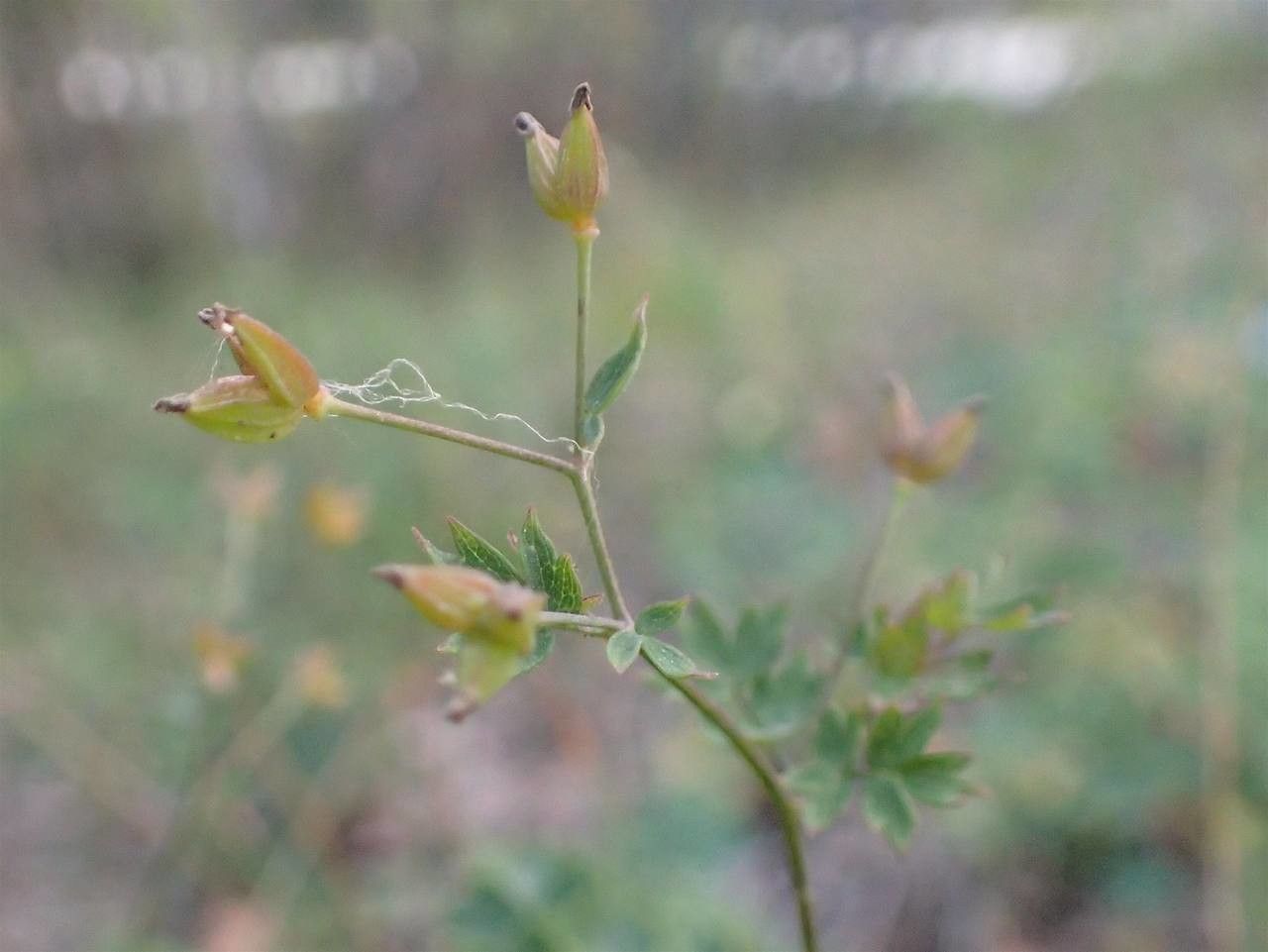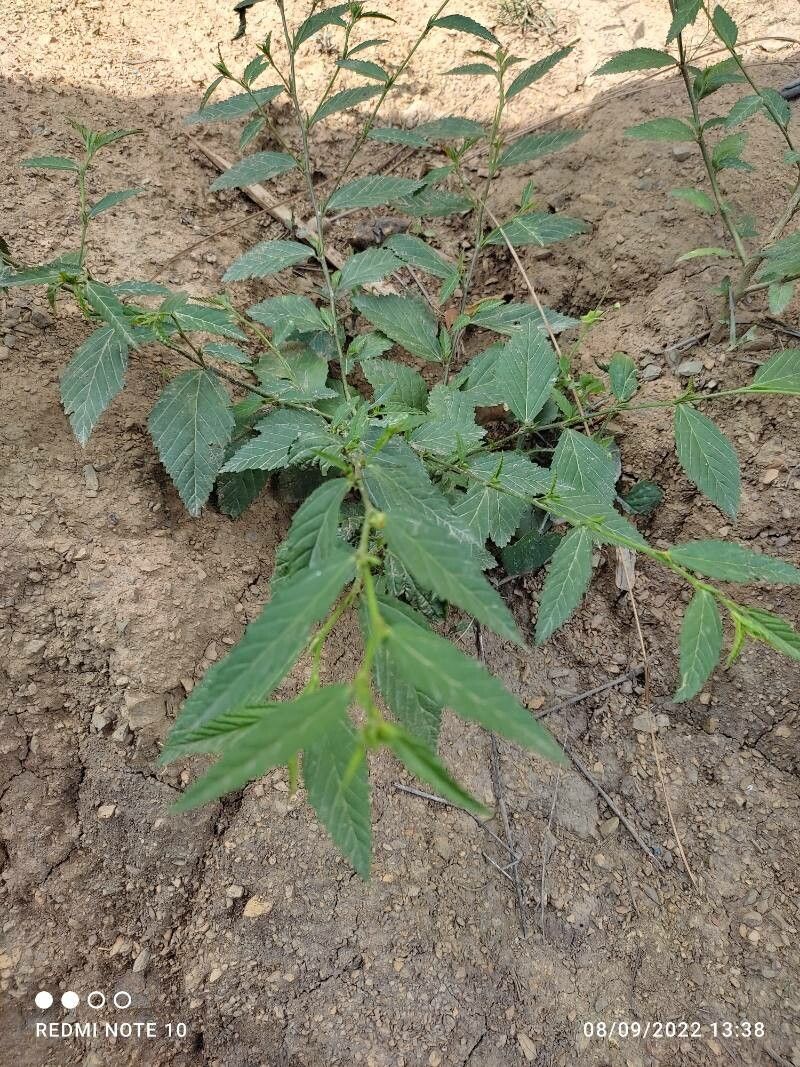### Lesser Meadow-Rue: A Delicate Delight of the Wild
Lesser Meadow-Rue (*Thalictrum minus*) is a captivating perennial herb belonging to the Ranunculaceae family, a group known for its diverse and often striking wildflowers. This charming plant isn't as flamboyant as some of its relatives, but its delicate beauty and airy grace make it a sought-after addition to wildflower meadows and cottage gardens alike. This guide will explore its identification, habitat, and cultivation.
### Identification
Lesser Meadow-Rue stands out with its finely divided, feathery foliage, a striking contrast to its small, pale flowers. These flowers, lacking showy petals, boast a profusion of long, slender stamens, creating a delicate, almost ethereal effect. The stems are slender and somewhat wiry, adding to the plant's overall airy appearance. The leaves are bluish-green, adding another layer of visual interest. Distinguishing it from other *Thalictrum* species requires close examination of leaf shape and flower structure. Mature plants generally reach heights of 1 to 2 feet.
### Habitat and Growth
Lesser Meadow-Rue thrives in a variety of habitats, preferring partial shade to full sun. It's commonly found in meadows, woodland edges, and grassy banks, often on well-drained soils. While it appreciates moist soil, it's intolerant of waterlogged conditions. The plant is remarkably adaptable to different soil types, though it tends to favor slightly alkaline conditions. Propagation is typically via seed or division. Seed germination may be unpredictable, with some seeds requiring a period of cold stratification before germination.
### Cultivation
Cultivating Lesser Meadow-Rue in a garden setting is generally straightforward. Select a spot with dappled shade or light sun, ensuring the soil is well-drained. Amend heavy clay soils with organic matter to improve drainage. Plant seeds in autumn or spring, or divide established plants in early spring or autumn. While not demanding, regular watering during dry spells is beneficial, particularly during the establishment phase. Lesser Meadow-Rue is relatively pest and disease-resistant, making it a low-maintenance choice for the garden.
### Uses and Benefits
Historically, Lesser Meadow-Rue has held some medicinal significance, though its use should be approached cautiously as some members of the Ranunculaceae family contain toxic compounds. Consult with a qualified herbalist before considering any internal use. Its primary value lies in its aesthetic appeal as a charming and low-maintenance ornamental plant for wildlife gardens and naturalistic settings. Its delicate flowers attract pollinators, adding to its ecological value.
### Conservation Status
While not currently considered threatened, Lesser Meadow-Rue’s populations can be affected by habitat loss and fragmentation. Protecting existing meadows and promoting sustainable land management practices are crucial for the long-term conservation of this lovely species.
Lesser Meadow-Rue: A Guide to This Delicate Wildflower

Frequently Asked Questions
How do I identify Lesser Meadow-Rue?
Look for its finely divided, feathery foliage, small pale flowers with numerous long stamens, and slender stems. The leaves are usually bluish-green. Compare these features with images and descriptions to confirm identification.
Is Lesser Meadow-Rue suitable for my garden?
Yes, if you have a spot with partial shade to full sun and well-drained soil. It's relatively low-maintenance and tolerates various soil types but prefers slightly alkaline conditions. Remember to avoid waterlogged conditions.


